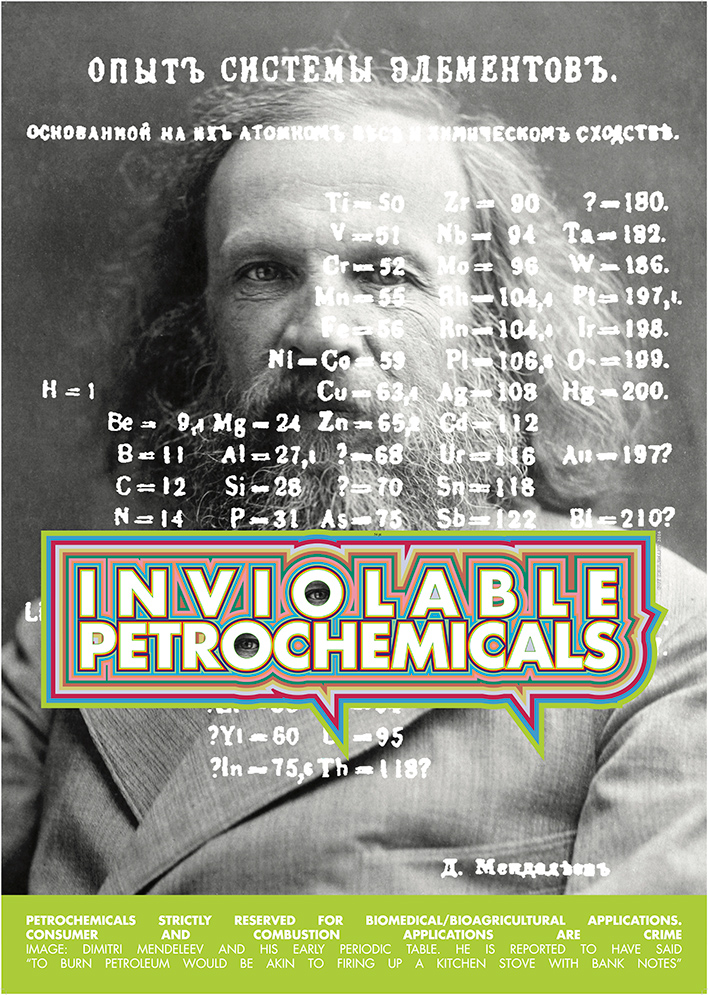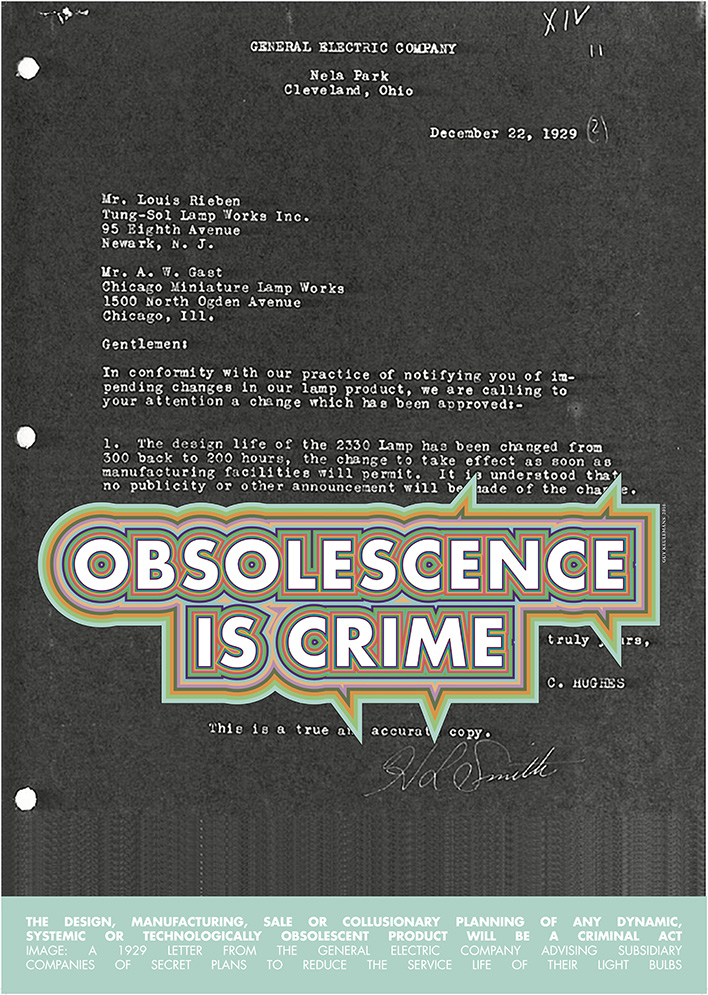Four Principles of the Precautionary Technosociety
In September 2016 I contributed to the show Future Possible: re-directing design at Ainslie + Gorman Arts Centres in Canberra, curated by Adelaide Rief. This one day event invited design psychologist, and repair researcher, Eleni Kalantidou from Griffith University to mediate a conversation on the future(s) of design. This conversation was prompted by the graphic or audio works from myself, Dorothy Hardy, Jenny Judge and Jennifer Robertson. We designers were picked from the lineup of contributors to the concurrent exhibition Embracing Innovation Volume 6 at Craft ACT.
The graphics and text of the posters here, titled, FOUR PRINCIPLES OF THE PRECAUTIONARY TECHNOSOCIETY, hypothetically posit a future world in which society has implemented low energy, localist, materially conservative precautionary principles to prevent climate change triggers, wealth inequity, material migration and waste.
The phrase “Design is Dead” is not new and is typically used iconoclastically, to refresh thinking on what design can or should be in difference to its conventional forms. This iconoclastic intent is true too here, as is made obvious by the burning house, but more specifically the phrase speculatively references a low energy and creatively conservative future in which innovation, and by extension design, is viewed with skepticism and taboo.
I was influenced by the early to mid 20th century Doukhobor movement, whose adherents associated asceticism and dematerialise with spiritual worth. I was also inspired by the work of the Russian chemist Mendeleev who studied petroleum and famously remarked that we would have to be fucking idiots to burn a material that contained such a rich collection of molecules so valuable in chemical synthesis. I’m paraphrasing. Also featured is a copy of a letter from a lightbulb manufacture evidencing one of the earliest explicit policies of planned obsolescence in industrial design. That company was General Electric, and if I did a fifth poster it would probably have concerned Lloyd Stouffer, the editor of Modern Packaging who gave a talk at the National Plastic Conference in 1963 titled “Plastic Packaging: Today and Tomorrow” that argued it was appropriate and profitable to produce disposable and quickly obsolescent products (thanks to Gay Hawkins for this information).
Finally, the concept of bioregions, as natural geographically boundaries for ecological policy, is something I’ve been reading about via sustainability theorist John Thackera.
Is this a likely future? As much as there is neoluddite, primitivist movements and influences in the world, its possible, but unlikely. As unlikely as this future may be, I think we still need such movements to constrain rampant and unnecessary innovation.
Future Possible: re-directing design
Thursday, 8 September 2016
http://www.agac.com.au/2016/09/future-possible-re-directing-design/



